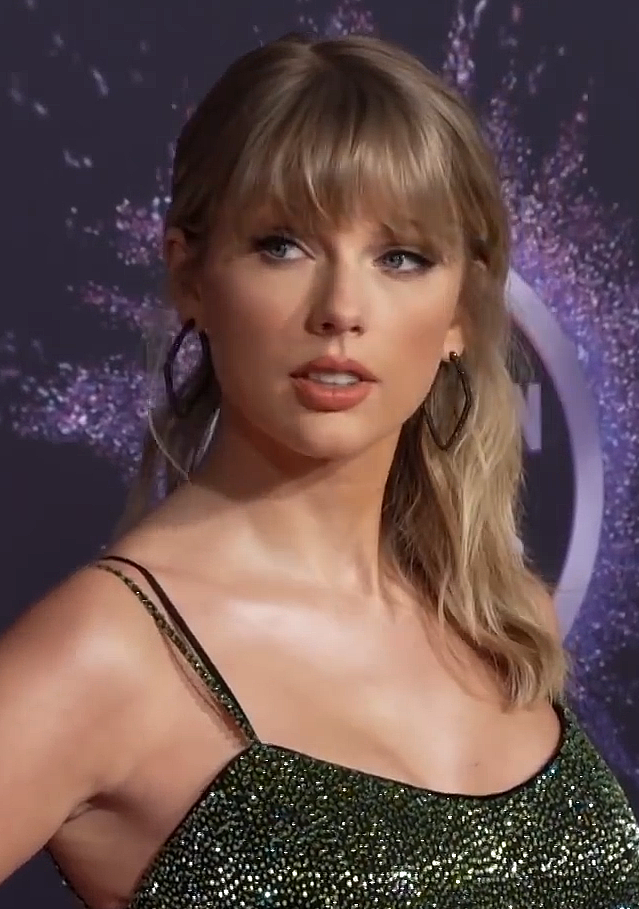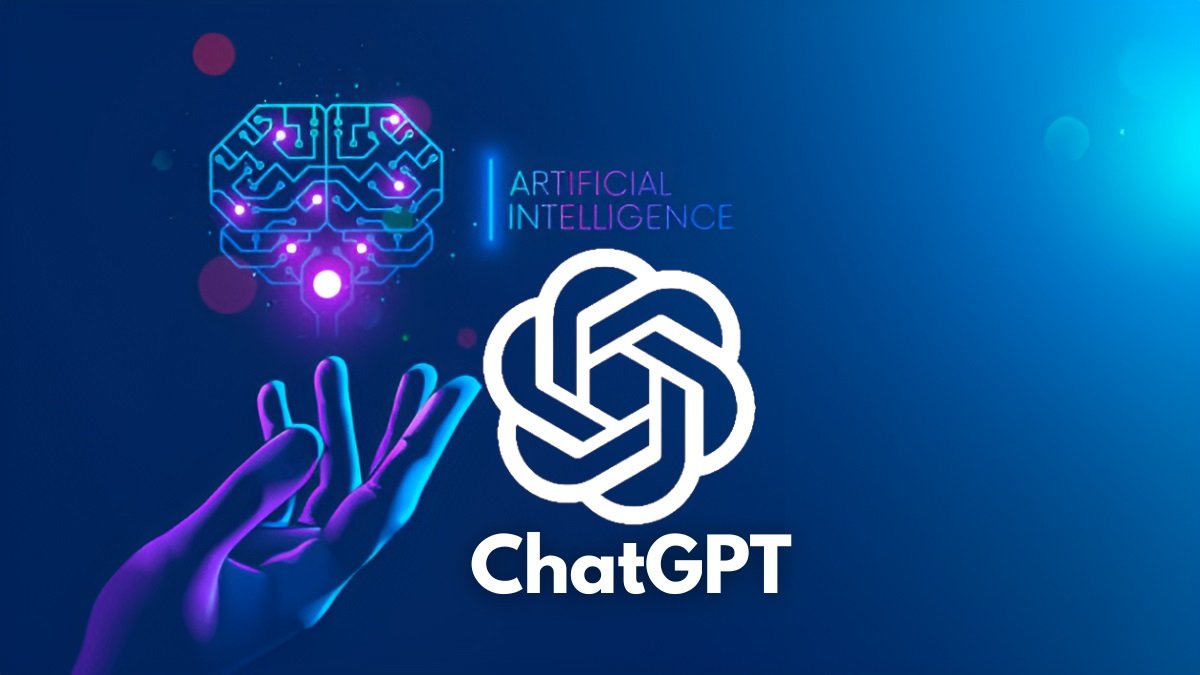By Howard Gardner
Bring up, or even mention, any kind of human talent or intelligence. Before long, the inevitable debating topic arises—is this capacity innate/genetic, or is it one that is due to teaching, education, environment, or some force that is not biological, strictly speaking.
Of course, except among ideologues, the answer is clearly “Both are important.” In the absence of the necessary genetic material, no human capacity can develop, let alone flourish. But just as clearly, in the absence of a supporting, nurturing environment, even those who are greatly “at promise” will never realize their biological potential.
Contemporary research allows us to come up with a finer trained response. Researcher, Nadine Gaab, and colleagues demonstrated that even early in life, well before any kind of formal lessons or instructions, some infants have neural (brain) structures that indicate they are more likely to eventually display musical giftedness (link here). And indeed, when tested in kindergarten, these youngsters display more musical aptitude.
Clearly, this is a point on the genetic side of the scale.
But before we conclude that experiences do not make their contribution: Consider that these brain structures are being studied in infants who have come to term and whose nervous system can now be scanned. We know that long before birth, infants can already hear—and indeed, even newborns orient more toward linguistic sounds that they had heard in utero. It is conceivable (no pun intended) that pre-natal experiences have influenced the development of neural structures. And it’s also possible that if a mother-or indeed, other adults—respond favorably to music, this positive manifold may well affect the development of the infant—including his or her nervous system. One way of testing for this would be for parents and control parents to keep diaries of exposures as in the work of psychology and music researcher, Samuel Mehr.
Moreover, even if certain brain structures favorable to musical development can be discerned early in life, this does not mean that those with less developed structures are condemned to a non-musical life. On the contrary: this knowledge may stimulate the development of new kinds of educational systems and environments that bring these infants up to snuff—or even above. Just as might be the case with infants who are at risk for problems with reading (dyslexia) or social intercourse (autistic spectrum).
Stay tuned!
Thanks to Shinri Furuzawa for her helpful comments on an earlier draft.


















